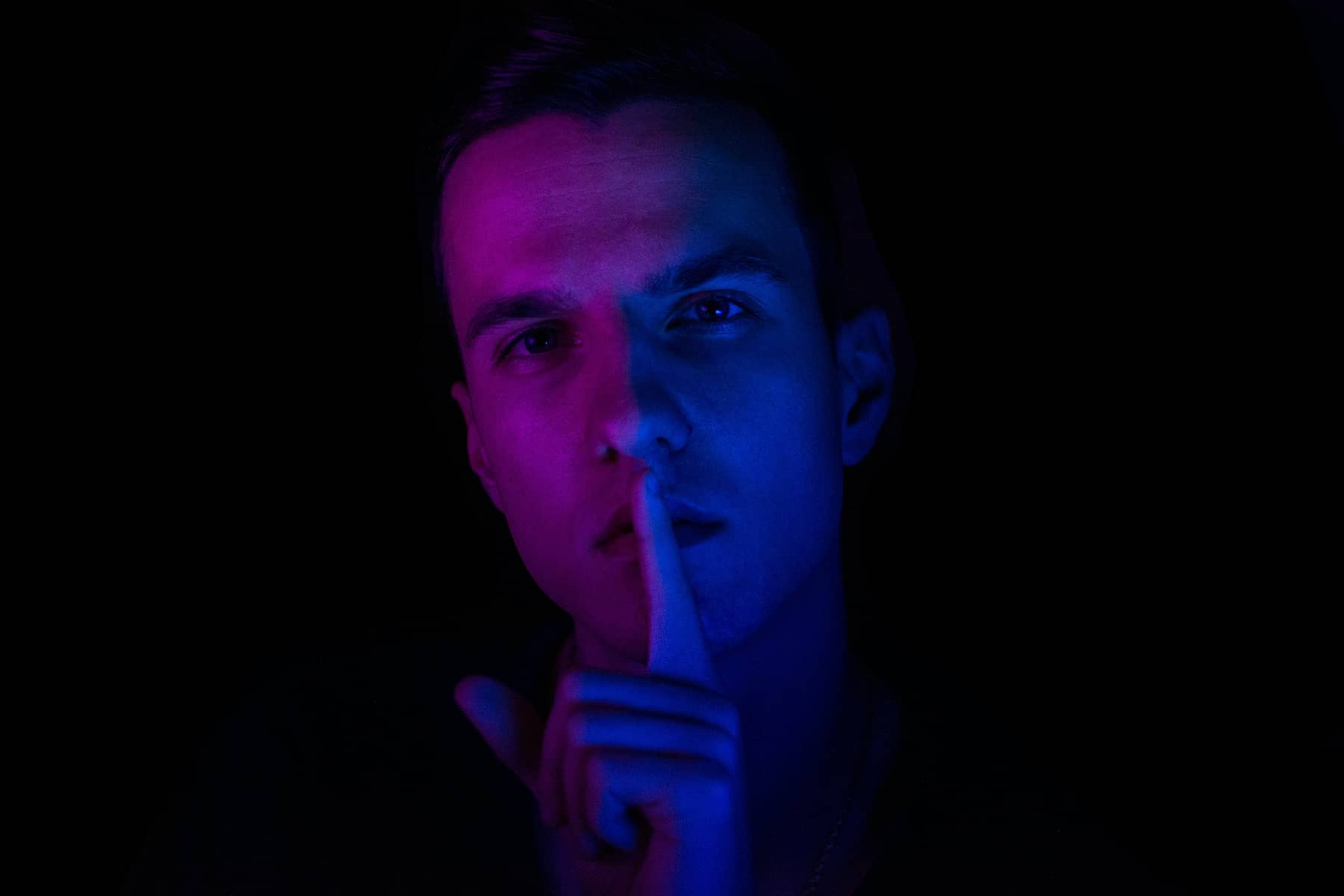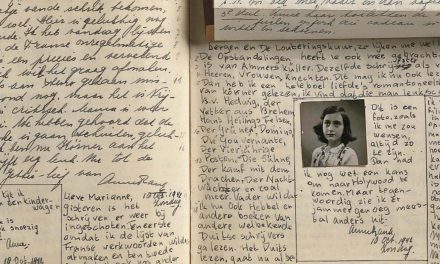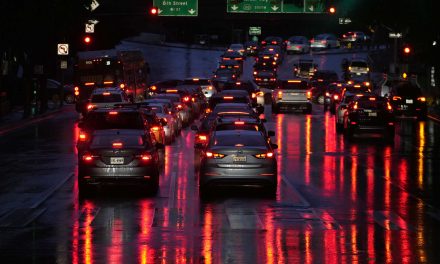
“Racism is not easy to talk about in racially mixed company. It is often considered downright impolite to bring it up. Too many demons of guilt, resentment, and vulnerability are tied up in it. Unfortunately, it usually takes a racial eruption…to get Americans to acknowledge their racial differences in public and talk about them, at least for a while, before clamping the lid of denial back down.” – Clarence Page (1996)
Just when people across the country were ready to claim America was willing to honestly “reckon” with racism, reality stepped in and said, “hold on a minute.” To reckon by the dictionary definition is to settle accounts. This is not what America has done.
When America exploded after the murder of George Floyd in Minneapolis, I heard conversations and read articles about this being the moment that America will finally reckon with race. Somehow people were led to believe this would be easy.
I like to think of this attempted reckoning being similar to fighting a lion. The lion will fight back. Racism did not just surrender because of the protests, Black Lives Matter signs and all of the training about racism that people have undergone. If solving racism was this easy, America would have fixed itself a long time ago.
Racism is embedded in the psyche of America despite claims to the contrary. I previously wrote that the most powerful tool systemic racism has at its’ disposal is the ability to claim it does not exist. I’m reminded of the line from the film The Usual Suspects.
“The greatest trick the Devil ever pulled was convincing the world he didn’t exist.” – “Verbal” Kint
We are now seeing, not what people call the “backlash” to anti-racism work, we are seeing business as usual in a racist society. The bans on teaching the history of America, which points out racism, are nothing new. Most schools have refused to talk about racism throughout American history. In fact, many of the school districts where these ideas are being banned, have never discussed racism to begin with. And even when they have talked about it, they have created vanilla versions of Dr. King, Malcom X, Muhammad Ali and others to do so.
I challenge America to show us curricula, at the state level, that includes honest attempts to talk about the history of Black people in this country, beyond the whitewashed versions I saw as a teacher. Wisconsin is one step ahead of many states when it comes to talking about Native American history honestly. In 1989, Act 31 was passed in Wisconsin.
“In 1989, efforts from both state and tribal leaders led to legislation requiring instruction in the history, culture, and tribal sovereignty of the eleven federally-recognized American Indian nations and tribal communities in Wisconsin public school districts, which is often referred to as Wisconsin Act 31. The intent of the act was to provide Wisconsin’s students with accurate, academically-appropriate information that could also serve as a positive force to combat misunderstanding and social unrest.” – Wisconsin Department of Public Instruction
Of course, as I have travelled the state speaking to educators, many don’t know about Act 31, and even fewer have said they teach these lessons. Surprisingly, §118.01(2)(c)(7.and 8.), Wis Stats, states that, “Each school board shall provide an instructional program designed to give pupils…At all grade levels, an understanding of human relations, particularly with regard to American Indians, Black Americans and Hispanics.” What this looks like at the local school district level is hard to discern. Does it require the type of learning that Republican members of the Senate and Assembly attempted to make illegal in Senate Bill 411 and Assembly Bill 411?
On a national level, once the dust settled, the police tear gas dispersed, and the protests ended, we heard a lot about reforms connected to this “racial reckoning.” Lots of “equity” statements were drafted, lots of murals were drawn, lots of trainings commenced. As we get closer to the second anniversary of the murder of George Floyd, where are we on this path to “racial reckoning?”
In a way, much progress has been made. Conversations have taken place that would have never taken place on the scale they have prior to Floyd’s murder. Books, podcasts and other platforms about racism have flourished. There is clearly more about the ugly parts of American history and the “harsh” reality of Black people’s relationship with the police that is out their for public consumption. Book clubs have given people opportunities to learn and discuss things that were at one time off-limits. White people in America have learned things they can never unlearn. That’s the good part.
On the other hand, racism has flourished since Floyd’s death. What used to be covert, dog whistle attempts to cover up racist believes, has been consistently replaced by overtly racist statements by members of the public and increasingly by elected officials and those running for office.
The “Anti-CRT” crusade has successfully led to more “conservative” school boards around the country. Even though, as I’ve written, the “Anti-CRT” attacks really have nothing to do with CRT (Critical Race Theory). The term “CRT” has been poisoned in such a way that many White people assume a law school level course is being taught to third graders. This was intentional. The biggest mouthpiece against so-called “CRT” is Christopher Rufo. He unintentionally let the cat out of the bag on Twitter by saying this on March 15, 2001.
“We have successfully frozen their brand—”critical race theory”—into the public conversation and are steadily driving up negative perceptions. We will eventually turn it toxic, as we put all of the various cultural insanities under that brand category.”
Another tool in the racist playbook is the so-called Toolkit: Combatting Critical Race Theory in Your Community by Citizens For Renewing America. They have taught like minded fear-mongers to equate each of these items with “critical race theory:”
- Social Emotional Learning (SEL)
- Diversity, Equity, and Inclusion (DEI)
- Culturally responsive teaching
- Anti-racism
- Anti-bias training
- Colorism
- Conscious and unconscious bias
- Critical ethnic studies
- Cultural appropriation / misappropriation
- Cultural competence
- Diversity training
- Equitable
- Equity
- Implicit/Explicit bias
- Institutional bias
- Intersectionality
- Land acknowledgment
- Microaggressions
- Multiculturalism
- Oppressor vs. oppressed
- Racial justice
- Racial prejudice
- Racial sensitivity training
- Restorative justice
- Social justice
- Structural racism
- Systemic racism
- Unconscious bias
- White fragility
- White privilege
- Woke
This is a short list of the things Rufo called “cultural insanities.” The “Anti-CRT” crowd uses the language of President Trump’s September 2020 Executive Order, Combatting Race and Sex Stereotyping, to claim these ideas are “divisive concepts.” They are only divisive as a result of people claiming they divide Americans.
Those on the side of supporting racism, are in fear of those on the other side of the line having conversations which acknowledge the importance of each of these concepts. To claim that “racial justice” is divisive, shows your hand. If this is your perspective, you clearly want to maintain the unjust system that people of color have dealt with since 1607. I have argued that we need to ignore the terms CRT and critical race theory as they are being used. They don’t care about CRT, they generally don’t know much about CRT. These terms are simply proxies for what many people are afraid of other people having conversations about.
Some have told me how surprised they’ve been by these attacks on free speech and attempts to teach honest history, warts and all. To be surprised is a sign of the naiveté of Americans. No system of privilege developed by one segment of a society, to benefit its’ members, has ever simply folded up tent because it was wrong.
Slavery did not end because of abolitionists. Nearly 200,000 Black men had to join the Union Army and Navy, to turn the tide of the war and led to a dissolution of the institution. Over 600,000 people died in the Civil War because America could not “reckon” with slavery honestly without coming to blows. The Thirteenth Amendment was ratified, supposedly ending slavery in December 1865. Because of the words, “Neither slavery nor involuntary servitude, except as a punishment for crime whereof the party shall have been duly convicted, shall exist within the United States,” a new form of slavery was created and allowed to exist for decades. The Convict Lease System, a modified form of slavery, replaced slavery until the lates 1930’s before Congress stepped in to end that system.
Jim Crow segregation laws were cemented into place by the 1896 U.S. Supreme Court decision in Plessy v. Ferguson. Thousands of laws were passed across the country, requiring discrimination in schools, public transportation, and many other places where Black people and other people of color were told they could not have the “privilege” of being in spaces with White people. Segregation laws mandated discrimination. Those who refused to discriminate, violated the law.
In the past when Black people were seen as what Whites called “uppity,” they put their lives in jeopardy. Asking for respect, and demanding equal access was considered “an attack on American values” and led many Black people to be murdered in cold-blood. The same system applied to other people of color. Extralegal violence is what many call these murders. That’s a strange term. It’s defined as “being beyond the province or authority of law.”
It very simply means “the law” was simply treated as if it did not exist. The law did not apply to protection of people of color. They could be victimized with no recourse while the “system of justice” stood idly by doing nothing. When you can suspend the system, it means the system is useless. Countless efforts by people of color to make this known have been ignored over centuries. The voices denouncing systemic racism in how “the law” works have been ignored many times in the past, and today we hear the same rhetoric.
When unarmed Blacks are killed by police, the victims and their lives are put on trial. Every questionable decision they’ve ever made becomes a point of contention and is used to show how the killing was somehow justified because they were “a bad dude.”
Americans across the country thought we would no longer see unarmed Black people killed by police after the George Floyd video went viral. Furthermore, there was this expectation that cops would learn and so-called “mistakes” like that would never happen again. I’m shocked to hear people refer to these killings as “mistakes” instead of crimes. Only unsuspicious Americans could be duped so easily. We should know that George Floyd’s murder was an aberration only in that it was videotaped and went viral. The murder of Eric Garner was videotaped. It did not change policing. The murder Philando Castille was videotaped but did not lead to changes in policing. No one went to prison for the lives taken of either of those men.
No one was held accountable for the deaths of Gabriella Nevarez, Aura Rosser, Michelle Cusseaux, Tanisha Anderson, Alexia Christian, Meagan Hockaday, Mya Hall, Janisha Fonville, or Natasha McKenna, unarmed Black women killed by police. A movement called Say Her Name, documents brutal police tactics and the Black female victims who are sometimes killed but often are beaten.
“Black women and girls’ vulnerability to state violence has likewise been exposed in shocking footage that has surfaced in recent months. Viewers were stunned to see Marlene Pinnock pummeled in the face by a California Highway Patrol Officer and Keyarika Diggles beaten in a Texas police precinct. And on June 6, 2015, as this report was being updated for printing, a video emerged showing a police officer in McKinney, Texas pulling out his gun, pinning down Dejerria Becton, an unarmed Black teenage girl at a pool party, as she sobbed and asked for her mother.”
As we see attacks on those trying to talk about racism, we cannot be surprised. Racism has not gone away.
The “racial reckoning” has an adversary, it is called racism. I know people are constantly saying “Well what do we do about it?” Fight racism and understand very clearly that it does not simply go away because people say we are “post-racial” or because of a so-called “racial reckoning.”
The racists are fighting back. They are entrenched in their “way of life.” They don’t want to admit the truth. They fear losing the power that America has promised to them for centuries. The things Black people are demanding today are the same as during the height of the Civil Rights Movement. White resistance, like we see today in America, is not new.
“Black rage built throughout the middle 1960s as the Civil Rights Movement was met with increasing opposition from whites in the United States. By 1963, terrorism aimed at the Movement was reaching fearful heights, particularly in the South. During the ensuing years in the North, blacks increasingly and militantly demanded access to jobs, housing, basic democratic rights, freedom from police misconduct, and political power—black power—in institutions ranging from local governments to local school systems. They were also met with rising white resistance and increasing violence. Throughout the United States blacks responded to the increasing resistance to their demands for basic rights and racial equality by insisting on self-determination—the right for blacks to organize themselves as they saw best in order to meet the needs of a movement that was transforming from a civil rights to a black liberation movement. Blacks also responded through urban rebellions in city after city during the summer of 1967 and later in the mass insurgency that swept across over 100 cities in the U.S. after the April 4, 1968, assassination of Dr. Martin Luther King Jr.” – Harvest of American Racism: The Political Meaning of Violence in the Summer of 1967 (The original version of the report of the National Advisory Commission on Civil Disorders, also known as the Kerner Commission).
“We know what the problem is; it has been well outlined statistically and historically. The problem is white racism. The problem is discrimination. The problem is racial prejudice. Now, what is the answer to the problems of black people? The answer is the will and power of white society and white institutions to change. They must change.”
– Charles H. King, Jr. 1983
© Photo
Tаrаs Chеrnus














